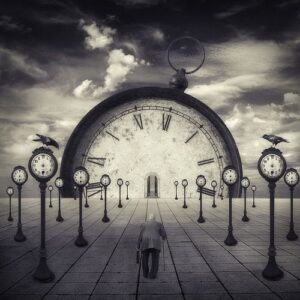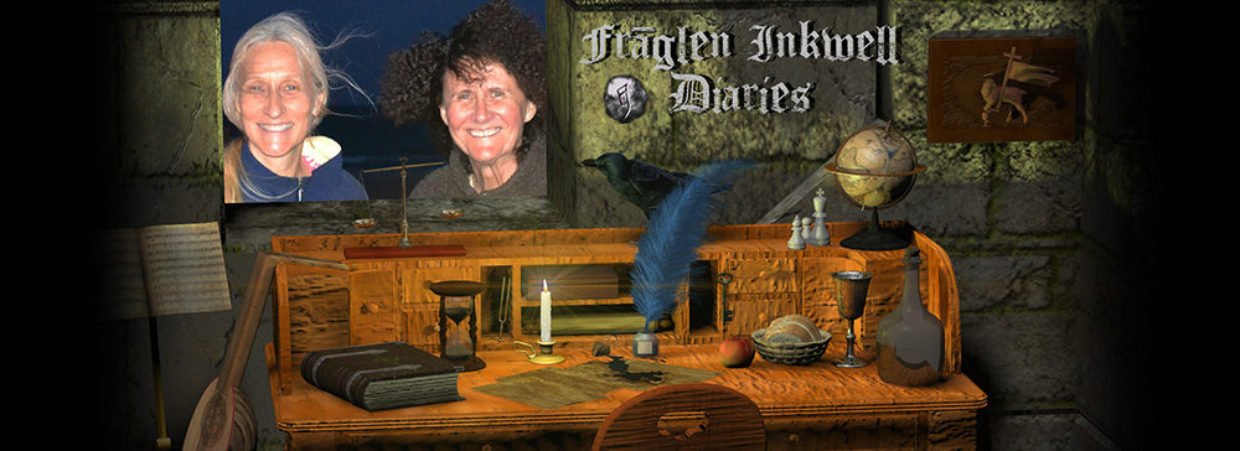
For the purpose of lulling people into the
belief that they had come to a genuine transit
camp, the commandant had ordered the construction
of a false railway station,

replete with a false clock with painted numerals, and hands that never
moved, ticket windows, timetables, and painted arrows
pointing the way to Warsaw and other cities. A camp street was built.

Things were painted in beautiful, garishly bright colors. Flowers
and evergreen shrubs were planted. There was a gas station with
flowers around it.

Wooden benches dotted the landscape “like
a luxury spa.” New fences were erected. The forest was cleared.
A zoo was installed with “any number of marvelous birds” and benches
and flowers. Glazar referred to this as “a whole macabre fakery.”
(Sereny 1974,184,166,200,219).
Glazar followed the crowd. Men were directed to the right, women and children
to the left. The women and children disappeared into a barrack and the men
were told to undress. One of the SS men told them in “a chatty sort of tune”
that they were going into a disinfection bath and would afterwards be assigned
a job. Clothes could be left in a pile on the ground where they could find them
again later on. Documents, identity cards, money, watches and jewelry were to
be kept with them. There was no time from the moment they were taken in there
to talk to anyone, or to take stock of what was happening. They had no idea at
all what the whole installation was about. (Sereny 1974, 176-177).

The Nazis, Sereny explains in her book, “recognized the capacity
of the Western Jews individually to grasp the monstrous truth and
individually to resist it, therefore ordered that great pains be
taken to mislead and calm them until, naked, in rows of five and
running under the whiplash, they had been made incapable of resistance”
(Sereny 1974,199).

Her book contains an account of a special transport of 24,000 rich
Bulgarians from Salonika who arrived with 720,000 kilograms of belongings,
who, even in April 1943, with 3 million or so dead in camps in Poland,
still did not have a clue of what awaited them, and arrived as full of
illusions as Glazar’s group of Czechs had six months earlier.
(Sereny 1974, 213-214).
“The Roots and Flowers of Evil in Baudelaire, Nietzsche, and Hitler” by Claire Ortiz Hill 2006
from the section of Beyond Good and Evil? on p.158
